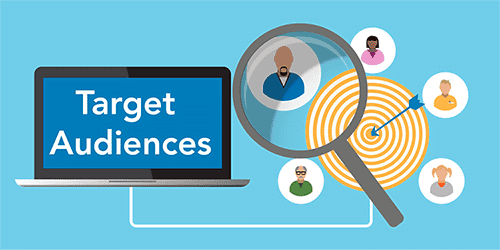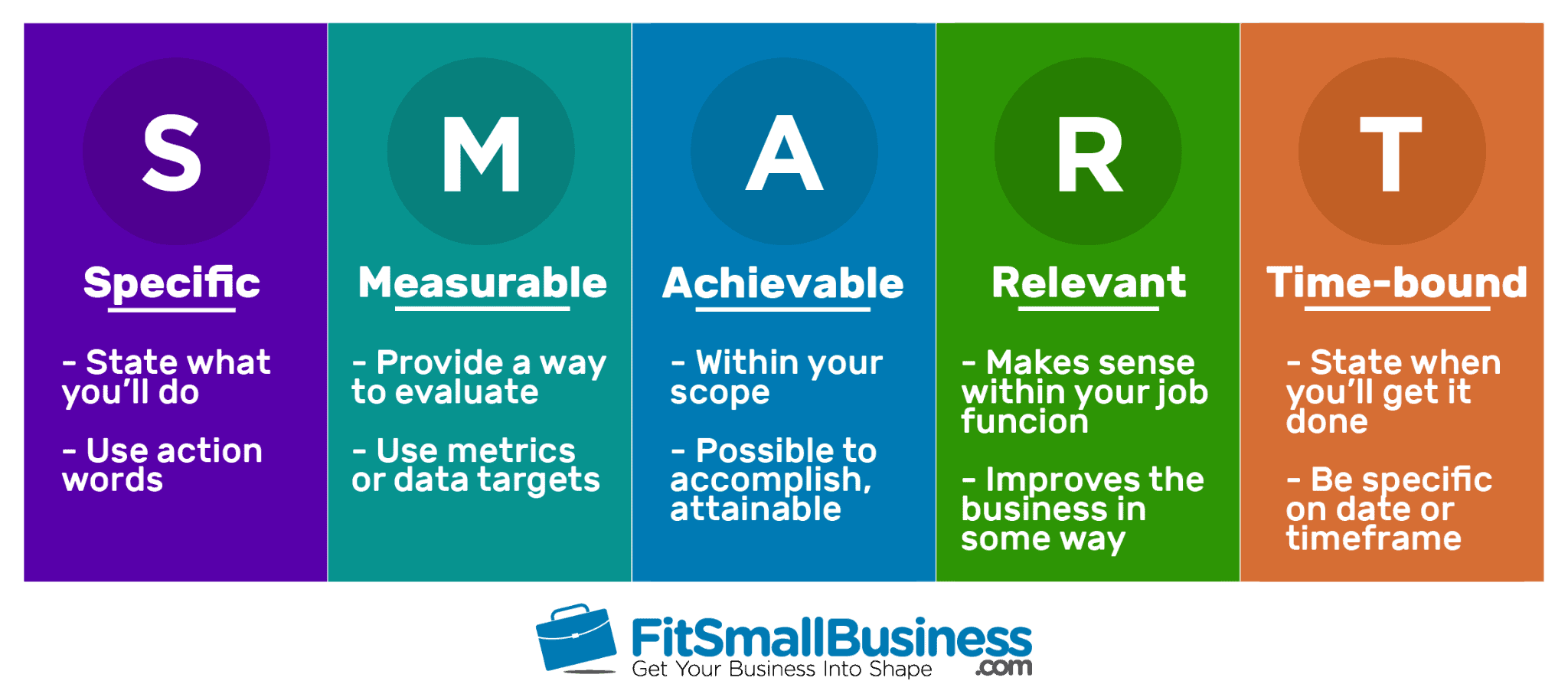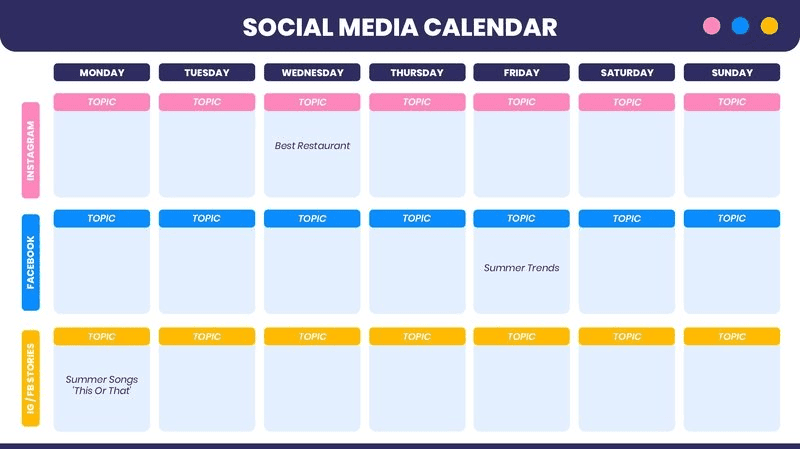You’ve determined your brand requires a meaningful, lasting connection with its market, and you’re using social media to reach this audience. There is no one-size-fits-all approach to using social media for marketing purposes. A few things, though, can land anyone in hot water.
[playht_player width=”100%” height=”175″ voice=”Mark”]
The problem is that you don’t know how to run a campaign. You shouldn’t worry! We’re here to help.
Why Are Social Media Campaigns Important?
A social media campaign is the simplest way to pique the interest of your target market and encourage them to engage with your company. As a result, more individuals will know your company’s name and brand.
Social media campaigns are difficult to establish, especially for niche businesses. You must know your ideal audience and where you can find leads and find them online and contact them. Like any other marketing plan, a social media campaign involves time, knowledge, and money for tools like a media monitoring tool that helps you in your campaign.
Despite having many layers, this is crucial to your business’s growth. Following these social media best practices may offer yourself or your brand the best chance of success.
Determine Whom You’re Trying to Reach
Understanding your target audience and what matters to them is the first step in creating an effective social media campaign. A social media strategy that promotes the virtues of a company’s goods and services is a common mistake. This approach doesn’t consider the audience when making these decisions.
Their costs also don’t add up. Instead, spend some time getting to know your target audience and the issues that are important to them.
Market Research Lays the Groundwork
Your target market is more than just demographics or a one-dimensional customer profile. Make it clear why you’re the best fit for their needs and how you’ll help them achieve their goals.
Determine the “customer persona”—the demographics and psychographics of your target audience. These steps can help you develop your client personas and learn more about your target market:
- Based on what you know about customers in general, make some basic assumptions as to who your ideal customer is.
- To find out if your assumptions are correct or if you need to revise them, conduct additional and in-depth market research on the common demographics they have and the motivation why they need your business.
- Another way of market research is to find out from your most loyal consumers what drives them to make a purchase and what matters most to them. Or utilize the already laid out research by your competitors.
- You can begin creating these “personas” once you have all the data you require about your intended audience.
Make Sure You’re on the Perfect Social Media Platforms
You don’t need to use the most widely used app just because everyone else does. Instead of posting the same information on your social media sites, focus on a few that are most relevant to your target audience.
Factors in Considering the Perfect Social Media Platform
Your social media niche campaign’s top channels should consider the following factors while choosing which social media platform you should be on.
- Which social channels have a sufficiently large audience to enable you to extend the scope of your reach in the target market?
- Which channels have the largest numbers of people who fit into your target audience demographics?
- Which social media networks have the elements that make it possible for you to showcase your brand most effectively?
- Which platforms have the most engaged user bases across all social media channels? Exactly how does this activity and engagement manifest itself?
Strategize Every Social Media Campaign
Before launching your business social media campaign, you must determine the campaign’s goals and objectives. Consider how your goals match your overall business strategy if you plan a marketing campaign.
What Goals Should You Achieve?
When planning a marketing campaign, you will employ a variety of materials and methods to entice your audience. Keep your objectives in mind when deciding the type of promotion to utilize and the type of material to provide for each campaign.
Many companies utilize the following as a jumping-off point for their social media marketing campaigns:
- Promote a website to increase the number of visitors to it.
- Bring in new customers.
- Convert leads into sales.
- Sell a specific product or service.
- Get the word out about your business.
- Contact your clients and find out what they think.
- Construct the trustworthiness of a company’s image.
It is important to note that focusing on one or two goals for a specific campaign should be done not to be overwhelmed with the workload or get disappointed if you don’t meet the expectations.
How Can You Achieve Your Social Media Campaign Goals?
Take the time to write down your goals and ensure they’re clear. Use the SMART goal planning method to ensure your social media campaign’s goals are measurable and realistic. SMART stands for Specific, Measurable, Achievable, Relevant, and Time-bound.
The aim should be relevant to your business and doable within your time and resources. Your social media marketing plan will heavily influence your campaign’s objectives.
SMART objectives are a great way to set yourself up for success. When using the SMART technique to create your social media campaign objectives, “raise profit” will not suffice. Your focus should be on how much money you want to make, how you’ll measure your performance, and when you expect to attain your objective.
Employ Social Media Platform Promotional and Auditing Tactics
Each social media platform offers various best practices for your social media strategy. Follow Facebook, Instagram, and other social media guidelines for your campaign. You can maximize outcomes by utilizing each channel.
After choosing which channels to employ, you’ll know how to promote campaign content on each. Some social media channels have capabilities that let you publish engaging material. Facebook, Instagram, and YouTube all offer live video streaming to engage your audience.
Investing in Social Media Paid Ads
You can also invest in paid social media ads for your social media campaign marketing. Organic content and involvement can help create consumer relationships. Paid ad campaigns on Facebook and Instagram can help you target consumers who are ideal for your brand but aren’t following or engaging with your content.
Social Media Analytics: The Ins and Outs of Your Campaign
You’re becoming more and more popular on social media. Your level of involvement has skyrocketed. Every day, you’ll receive direct messages and comments from satisfied clients. Your writing has a certain sexiness to it. Isn’t it wonderful? Absolutely not!
Do you know why things are going so smoothly right now? What was the cause of these great activities? It’s fantastic to be lucky, but it’s preferable to figure out why your content worked or didn’t work so that you can establish repeatable methods for campaigns that work in the future.
- Once a month, conduct a social media audit.
- Alter the days and hours of your content postings.
- Take a survey to find out what your audience wants.
- Use analytics to identify your most popular content.
Use the Key to Management: Content Scheduling
Make sure you don’t procrastinate too much. It’s easy to burn out on content creation if you wait until the last minute before publishing. When you plan your social media material ahead of time, you have more time to create high-quality content, organize organic and paid campaigns, and get input from your staff.
Creating a Content Calendar
Once you’ve figured out the campaign’s purpose and how you’ll distribute your material, it’s time to create a social media content calendar.
Using social media requires much effort on the side of you and your followers. The target audience, followers, and other people of your audience will see it first before deciding on whether or not to engage. Content for your social media campaign will vary depending on the goals you have for it.
In your content calendar, you may want to incorporate several categories of content:
- Blogs: You can utilize blogs to target your audience’s problems at the top of the funnel. They can also be helpful for content that grows more particular about your products or services in the middle and bottom of the funnel.
- Social Media Post: In addition to posting information, you can employ basic text social media posts that feature a Call To Action (CTA) or work to spark a discussion.
- Landing Pages: With the help of targeted landing pages, you may entice customers back onto the page to perform a specific action. Creating landing pages may be necessary to get the customer to achieve the desired activity.
- eBooks: These are excellent gated content since they offer enough additional value to persuade your audience to sign up for your service or provide their phone numbers and email addresses.
- Graphics and Visuals: Various images, from infographics to product shots, can be used in your social media campaign.
- Videos: They are a great way to catch your audience’s attention, and they’re also a great way to keep them engaged. They are, however, an excellent medium for simplifying complex subjects or demonstrating to customers how to properly use a product.
Utilize Social Media as a Means of Providing Customer Care
You’re on social media for advertising and interaction. But at its foundation, social media is about making your consumers happy — not just social networking. Even if you have an 800-number and email, 70% of your customers prefer to communicate with you on social media.
Do you want to go the extra mile? Use a customer service mindset and social listening to help customers who haven’t even contacted you.
What is Social Listening?
In reality, social listening is a free, in-the-moment method of conducting market research. In the simplest form, social media listening looks for mentions of your brand or products and those of your competitors’ and any specific keywords you might be interested in tracking. Sophisticated tools can identify logos in photos, assess consumer attitudes toward brands, and many other things.
Using this method, you can get a clear picture of what customers think of your organization and what things they genuinely want. But it’s not enough to simply know what to do. As the saying goes, “practice makes perfect.”
Know What Your Audience Thinks
Make a point to interact directly with your followers on social media. An excellent way to learn more about someone is to pose a few open-ended questions and see what they think. Use social media and run a brief poll, link to a web survey, or simply ask people to leave a comment with their answers.
By giving your subscribers the freedom to express their desires, you will, of course, be able to fulfill those desires.
Reply to Direct Messages and Comments Fast
Making connections and building a community online is the fundamental goal of social media—so get at it! Product features aren’t the only things discussed in customer feedback. First and foremost, work on establishing a feeling of connection.
Customer care inquiries are also being made via social media comments and messages, as well as by tagging you in a post. If your postings receive hundreds of comments, it’s easy to overlook the most significant ones. Make it a priority to respond to as many inquiries as possible to create a safe space for your followers.
Take Care of Constructive Criticisms
Even if it’s uncomfortable, you must answer to your users and followers no matter how rude they may be. Always take the high road and approach every positive or negative interaction with a solution-oriented perspective.
The best way to deal with angry consumers is to educate your staff on the best ways to respond to them. Make sure everyone on your team knows how to respond to criticism of corporate actions or principles in a courteous and legal-department-approved manner.
Have a Plan in Place in the Event of a Communication Crisis
There’s a fine line between a few sour grapes and a full-blown PR disaster. Regardless of whether or not the criticism you receive is legitimate, you must have a crisis management plan in place.
- Who will be in charge of responding to this situation?
- What are you going to say next?
- The question is whether or not you’ll make an official announcement about it.
- Will you respond to specific criticisms or point people to a written statement?
- Are you going to make any alterations to the course of action that has enraged many? How are you going to make that announcement?
It’s always a good idea to have a contingency plan if anything like this happens, even if you want to avoid it.
Have a Successful Social Media Campaign!
Before starting your social media campaign, you must have a detailed plan that will enhance the likelihood that your campaign will be successful.
Begin with the establishment of your objectives. The next step is to understand your target demographic, use a social content calendar to plan the actual material, monitor how well your campaign is doing at every stage, and engage with your audience and their suggestions.
If you follow these directions, you will be well on creating a social media campaign that will be a smashing success.





